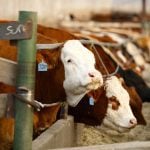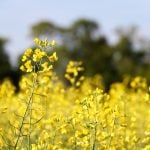Saskatchewan’s Ag Ministry has pledged $1.2 million to a project to map the flax genome with an eye toward developing flax as a “dual-purpose” crop. The Total Utilization of Flax Genomics (TUFGEN) project, led by Gordon Rowland of the University of Saskatchewan’s College of Agriculture and Bioresources, and by Sylvie Cloutier of Agriculture and Agri-Food



